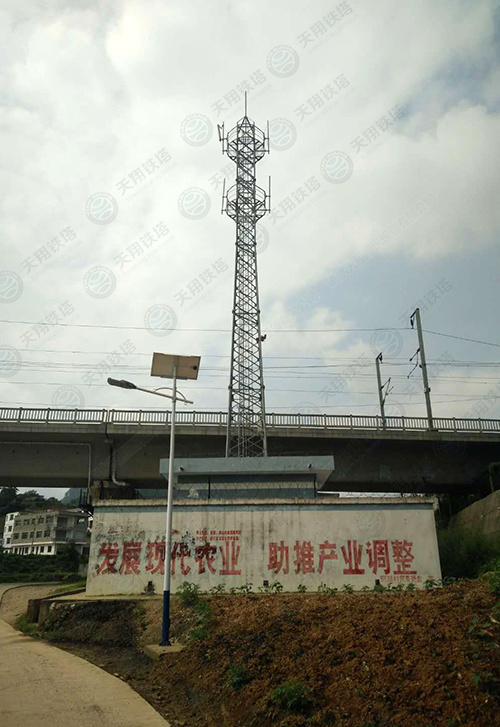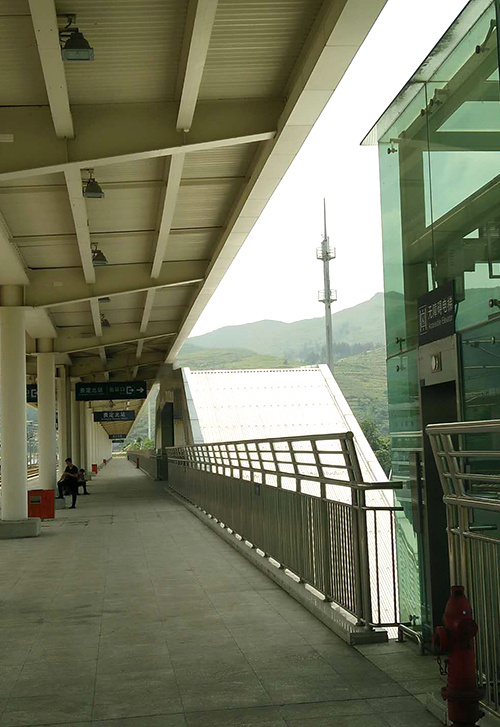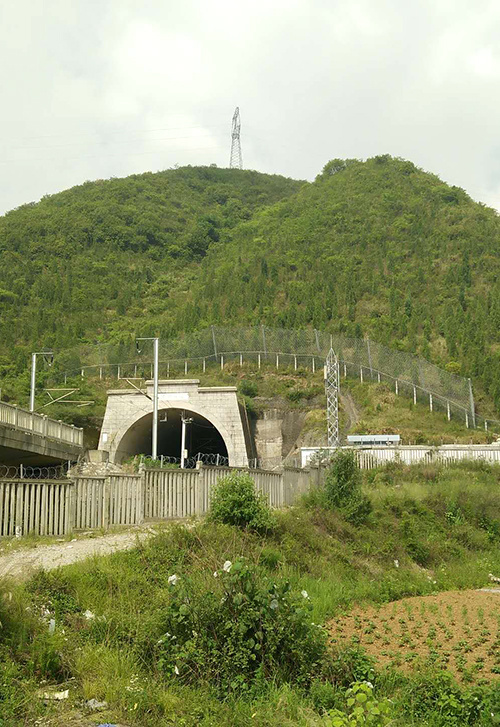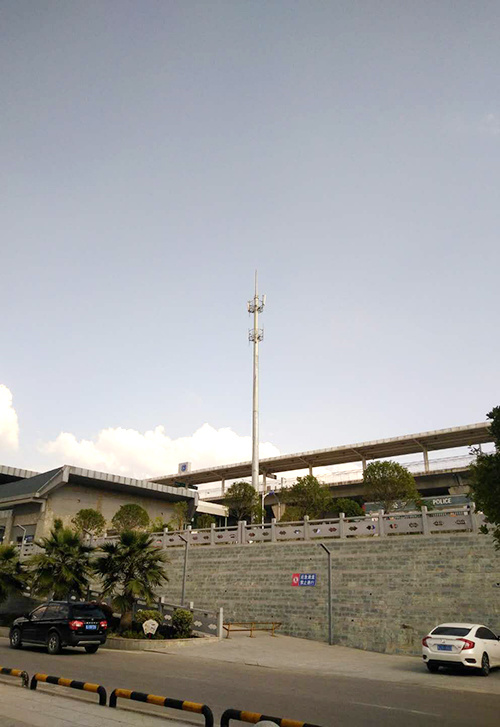The Rise of Broadcasting and Television Towers: Shaping Our Viewing Experience
Towering Changes in Broadcasting
Have you ever gazed up at a broadcasting and television tower and wondered about its significance? Well, you’re not alone! These towering giants are more than just metal structures; they are the backbone of our media consumption, shaping how we experience television and radio today.
A Brief History of Broadcasting Towers
Back in the day, the first broadcasting and television towers emerged as a revolutionary way to communicate. Instead of relying on printed newspapers, folks could now enjoy live news, music, and entertainment right from their living rooms. Can you imagine the excitement? Broadcasting was transformed by the invention of the radio in the early 20th century, and towers sprang up like mushrooms after rain!
How They Work
So, how do these magnificent structures operate? Broadcasting and television towers work by transmitting signals over vast distances. They convert audio and visual content into electromagnetic waves that travel through the air. Imagine sending a postcard to a friend, but instead of the usual paper, you’re sending waves of sound and picture! Pretty nifty, huh?
Current Trends in Broadcasting Technology
Fast forward to today, and we’ve entered the digital age, where technology is evolving faster than a speeding bullet. From 4K broadcasts to streaming services, the way we consume media is constantly changing. Broadcasting and television towers are adapting to these trends, incorporating new technologies such as digital transmission, which offers clearer signals and a wider range of channels.
The Importance of Antennas
Ever heard of antennas? These nifty devices are crucial to the functioning of broadcasting and television towers. They receive the signals transmitted by the towers and send them to your TV or radio. Without antennas, you’d be stuck in a world of static and unintelligible sounds. Yikes!
Challenges Facing Broadcasting Towers
While these towers are vital, they face their fair share of challenges. Increased competition from internet streaming services, like Netflix and Hulu, is pushing traditional broadcasting to innovate. With more people cutting the cord, broadcasting and television towers must find ways to remain relevant. This sometimes means upgrading equipment or even constructing new towers to ensure a consistent signal.
Environmental Considerations
Let’s not forget about the environment! As towers grow taller, concerns about their impact on wildlife and landscapes increase. Balancing technological advancement with ecological responsibility is a tightrope walk. However, many industry players are committed to minimizing their footprints and exploring sustainable practices. After all, who wants to be the villain in a nature documentary?
The Future of Broadcasting Towers
So, what’s next for broadcasting and television towers? Experts predict that we’ll see a move towards even higher frequencies for better quality signals and more channels. Moreover, with the rise of 5G technology, these towers may soon be tasked with delivering digital content at lightning speed. It’s a thrilling time to be a media consumer!
Conclusion: Towering Above the Rest
In conclusion, broadcasting and television towers are not just relics of the past; they are pivotal players in the ongoing evolution of media consumption. As technology advances, these towers will continue to adapt, ensuring that we can enjoy our favorite shows and tunes, hassle-free. So next time you spot a broadcasting and television tower, remember: it’s more than just a structure; it’s a gateway to the world of entertainment.
Tag:











